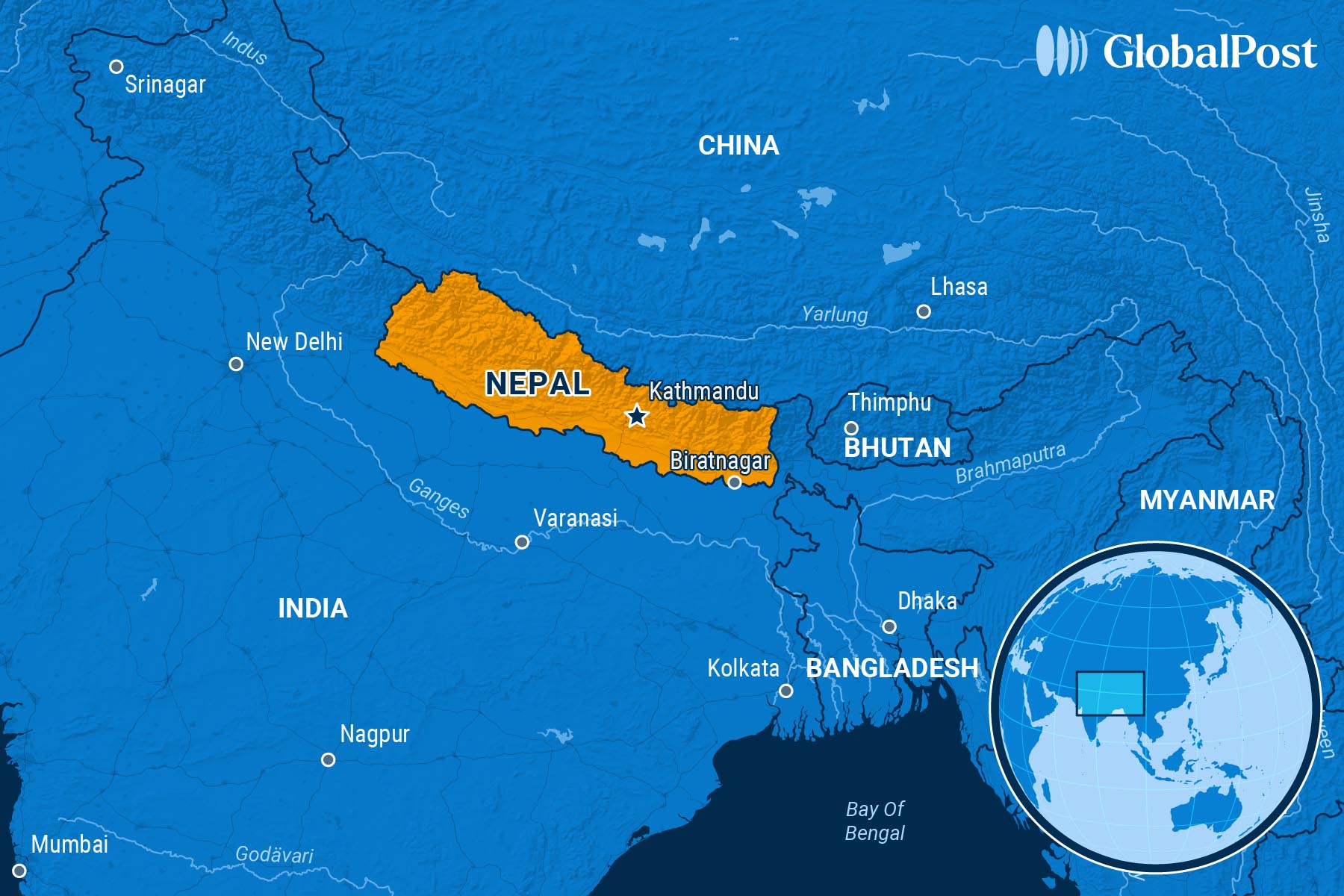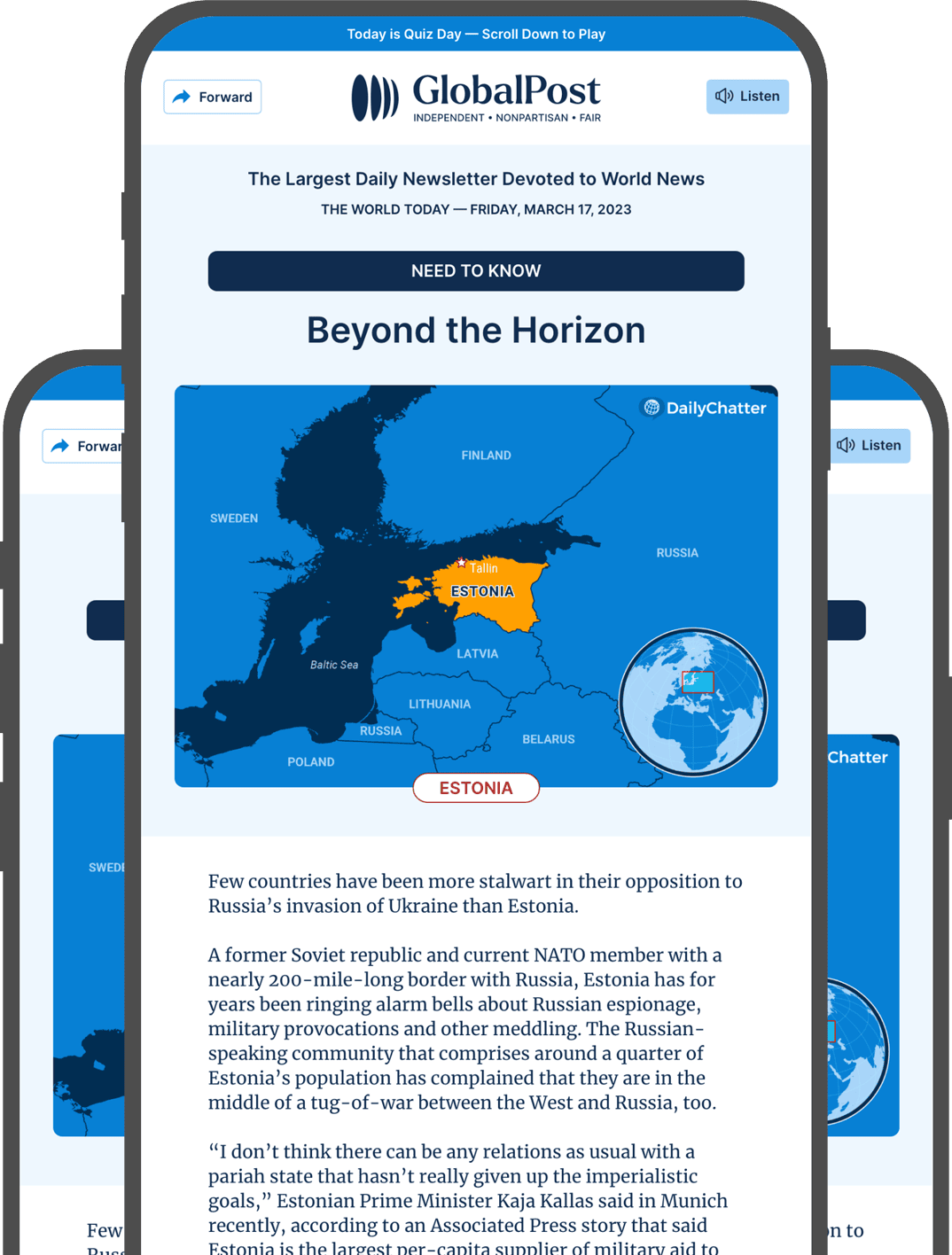‘They Did It’: Young Nepalis Bring Down the Government But Wonder What’s Next

This summer, young Nepalis began an informal campaign on social media called Nepo Kids, featuring videos showing the children of Nepal’s political elite flaunting their wealth juxtaposed with images of ordinary Nepalis struggling with inflation, power cuts or leaving for poorly-paid work abroad to send funds home.
Those videos, which went viral, both reflected but also sparked deep anger among the young, who say that despite promises by the government and its leaders over the past decades, nothing has changed: corruption remains rampant, unemployment high, and poverty pervasive.
Then, on Sept. 4, the government banned social media platforms such as WhatsApp, Signal, and Instagram because they had failed to set up local offices and register with the government, a move seen by these very same young, frustrated Nepalis as censorship against their generation.
Organizing protests, the self-described Gen Z demonstrators brought down the Nepalese government last week in under 36 hours, even as it moved to rescind the ban.
“While the main trigger for the protest was the recent social media ban, the long history of corruption and bad governance is the main reason that thousands of people (came) out on the streets to protest,” one young protester told CNN.
For young Nepalis, the ban was a step too far, say analysts.
“Protests over the social media ban were just a catalyst,” Prateek Pradhan, editor of Baahrakhari, a Nepalese independent news website, told the Associated Press. “Frustrations over how the country is being run have long been simmering under the surface. People are very angry. (Now,) Nepal finds itself in a very precarious situation.”
The uprising was just the latest in a series of youth-led movements across Asia that have challenged or overthrown governments in Indonesia, Bangladesh, and Sri Lanka over the past few years, inspiring Nepalis.
When the protests began last Monday, they were peaceful and patriotic, with demonstrators holding up Nepali flags and signs reading, “This generation won’t tolerate what our parents tolerated.” Soon after, however, they turned violent: 72 people died and hundreds more were injured after the police and army opened fire with live rounds. Government buildings, such as those housing Parliament and the Supreme Court, were set on fire, as were those of well-connected families. Businesses were looted, hotels ransacked, and some officials attacked.
The Gen Z leaders called off the protests and said they had been “hijacked” by “opportunists.”
After the government of Prime Minister K.P. Sharma Oli resigned last Tuesday, hundreds of Nepalis crowded into the international airport to flee the country. Others searched for information on their loved ones or tried to stockpile food and other necessities. Some protesters came out to clean up the streets of debris in the aftermath of the riots.
There was also confusion over who was running the country as the army took over.
By Friday, former chief justice Sushila Karki was sworn in as interim prime minister, making her the country’s first female leader. She has called for new elections in six months. The appointment satisfied a key demand by the protesters – that a new face would be running the country.
Now, if Nepal wants to move forward, its leaders must begin tackling the problems that brought the government down, namely corruption, unemployment, poverty, and a sense among the young that there is no future for them there, observers say.
“Youth discontent with Nepal’s conservative and hierarchical political party system, led by an old guard that has been in power since the end of the country’s civil war in 2006, is nothing new, wrote World Politics Review. “However, political elites have generally opted to cling to the status quo instead of answering calls for reform.”
Nepal is one of the more corrupt countries in the world. Meanwhile, nearly half of all Nepalis survive on less than $6.85 a day, according to the World Bank. Almost a quarter of young people are unemployed. Remittances from Nepalis working abroad make up nearly a third of GDP.
Politically, the country’s democracy is fragile, analysts say. The country is still recovering from its civil war that ended in 2006 after a years-long Maoist insurgency. Two years later, it abolished its monarchy, and in the ensuing years, created a constitutional democracy.
Still, earlier this year, thousands of Nepalis protested in favor of restoring the monarchy and bringing back King Gyanendra. Gen Z protesters say they won’t accept such a move.
Rai, 36, a photographer in Kathmandu, told the Washington Post that he understood the frustrations of the protesters – he felt the same way almost two decades ago. That’s why he took part in the demonstrations.
“Our anger was passed down and it finally came to a boiling point…(because) things never changed,” he said. “Back then, we were definitely frustrated with our government, but we couldn’t imagine this sort of protest was possible, this ability to overthrow the government.”
“They actually did it,” he added. “It’s the uncertainty that lies ahead that now scares me.”

Subscribe today and GlobalPost will be in your inbox the next weekday morning
Join us today and pay only $46 for an annual subscription, or less than $4 a month for our unique insights into crucial developments on the world stage. It’s by far the best investment you can make to expand your knowledge of the world.
And you get a free two-week trial with no obligation to continue.
